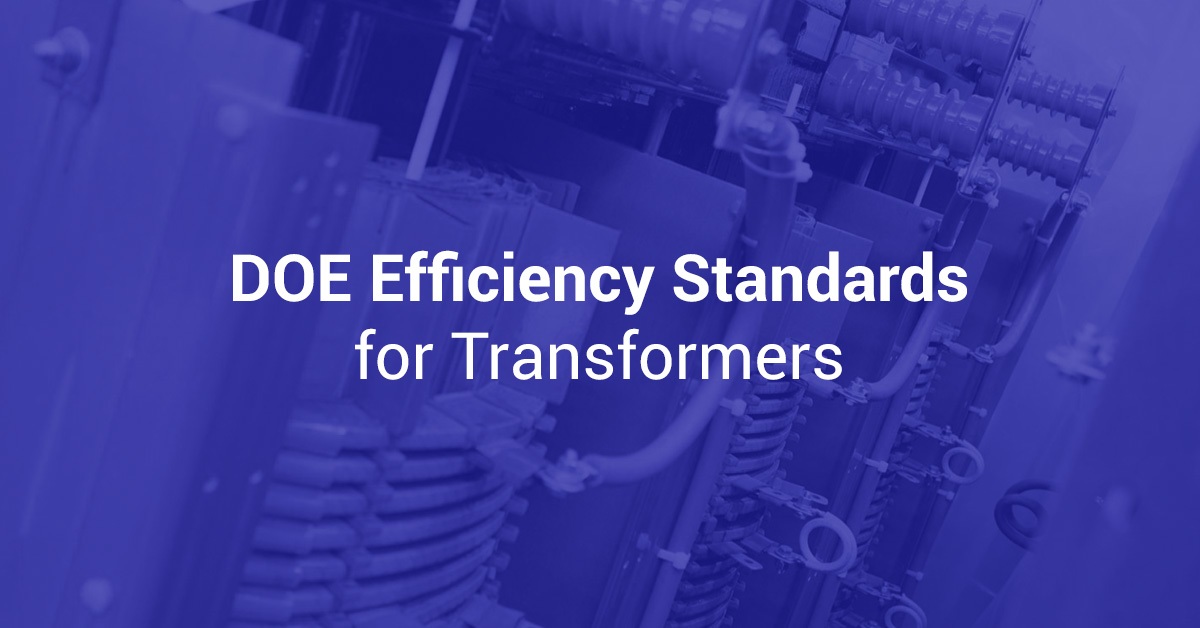Standard kVA Sizes for Three-Phase Medium Voltage Transformers
Electrical engineers constantly deal with various electrical systems and equipment, including medium voltage dry type transformers. These transformers come in a range of standard kilovolt-amp (kVA) sizes to ensure different systems receive efficient and reliable power distribution. By knowing the standard kVA sizes for three-phase medium voltage transformers, you can make informed decisions when specifying, installing or maintaining […]
Read MoreDissolved Gas Analysis Limits
Awareness of dissolved gas analysis limits lets you detect minor faults and conditions that can lead to transformer failure. DGAs reduce risk to the unit, system and the personnel who monitor the transformer. You must do a DGA for transformers after high voltage and temperature rise tests, during a commissioning period, before a lapsed warranty […]
Read MoreHow Companies Can Save Money on Their Monthly Electric Bills
Energy costs can be a company’s most significant and unpredictable expense, so energy consumption control is vital for maintaining or lessening monthly electric bills. A comprehensive energy management plan and quality energy-saving equipment are critical elements when trying to reduce consumption and save money on energy. Learn how to start lowering your company’s electrical bill […]
Read MoreHow to Select the Ideal Transformer for Your Company
Many businesses only function efficiently because of transformers. This critical equipment performs a fundamental function in many industries, transferring power and controlling voltages to ensure safe and productive workflows. If your business relies on electricity, you know how damaging a blown transformer can be to your operations. Choosing a transformer can be tricky, but with […]
Read MoreDOE Efficiency Standards for Transformers
Jump To: What Are the DOE Efficiency Standards? Benefits of Efficiency Standards to the Customer and the Industry How to Comply With Efficiency Standards Impacts of DOE Regulations and Compliant Transformers Transformers Exempt From DOE Efficiency Standards The Future of DOE Efficiency Standards More than 40% of the energy used in the United States is consumed by […]
Read MoreGuide to Transformer kVA Ratings — How to Determine What Size Transformer You Need
In many industries, including health care, manufacturing, electrical contracting, higher education and corrections, reliable, high-quality transformers are essential for keeping operations running efficiently. Large facilities and industrial processes require substantial amounts of power, and they need dependable transformers to convert the energy coming from the power plant into a form they can use for their […]
Read MoreGuide to Oil-Filled Transformer Maintenance
Regular maintenance is a major part of keeping your oil-filled transformers in good working condition. Without scheduled upkeep, your transformers will be more likely to experience issues that can snowball into larger operational problems, like system failure. You don’t have to rely on reactive or condition-based maintenance when taking care of your machinery. Staying ahead of any and […]
Read MoreDOE Efficiency Standards for Dry Type Transformer
More than 40% of the energy used in the United States is consumed by building operations, including the electrical equipment and appliances within those buildings. While this equipment is essential to daily functionality in homes and business locations, ensuring that these appliances use energy efficiently is also gaining importance. Since the Energy Policy and Conservation Act of […]
Read MoreGuide to Dry Type Transformers
Jump To: A transformer is a device that transfers energy from one alternating-current circuit to another. Dry type transformers are used for many applications to reduce the voltage of conventional power circuits. Learn more about what a dry type transformer does and where we use dry type transformers. What is a Dry Type Transformer? A […]
Read MoreIndicators That Dry Type Transformers Are Failing
Transformers should be built to last, and dry type transformers, in particular, avoid some maintenance issues that can occur with oil-filled transformers. However, some potential problems can still cause a transformer to fail. In this post, we’ll discuss these problems and explain how to tell if your dry type will stop working soon so you […]
Read More









